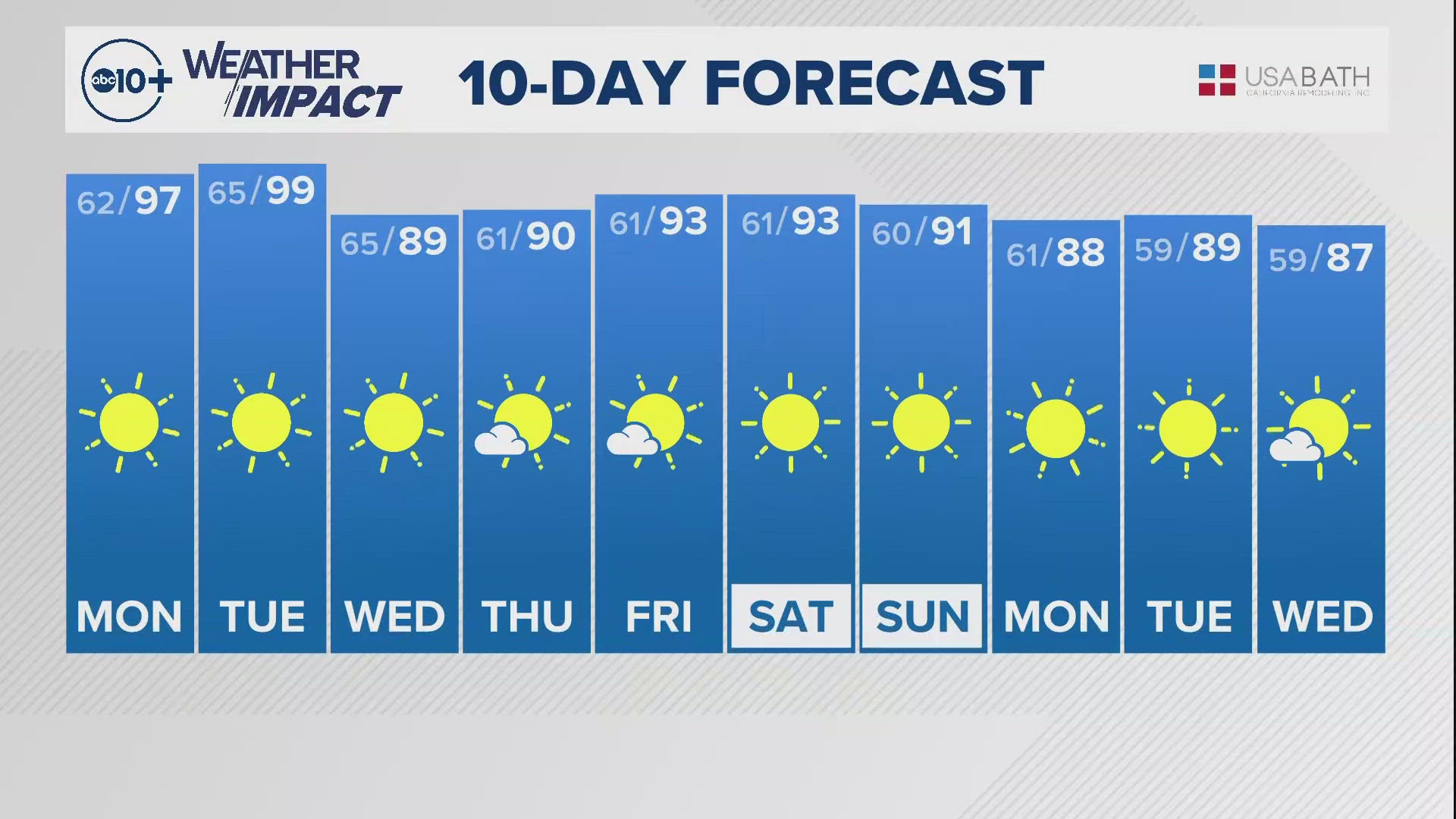SACRAMENTO - As at least a dozen major fires continue to burn in Northern California, air tankers are playing a key role in holding flames in check.
At Cal Fire's McClellan Air Tanker Base, crews race to turn aircraft around with new fuel and fire retardant, knowing each drop could save lives and property.
"Whenever there's a threat to human life, that becomes a priority fire in the State of California, so we'll send as many resources on that fire as we can," Cal Fire tanker dispatcher Nick Pimlott said.
That came frighteningly true as flames exploded into life Wednesday at the Rocky Fire in Clearlake. Cal Fire quickly shifted all three available VLAT's, or Very Large Air Tankers, to attack the flames. The tankers can buy precious time for fire crews to get in on the ground.
"You have massive 100-foot flame lengths and firefighters can't get in there as aggressively to put the fire out," Pimlott said. "With the retardant lines in, it enables the ground crews a chance to do their job."
A DC-7 is quickly loaded with retardant and fuel beside the flight line and minutes later is over the Rocky Fire, getting instructions from the OV-10 Bronco aircraft commander who's running the battle from the air. Moments later, the DC-7 is dropping a long curtain of retardant on flames advancing on homes. The plane is back at McClellan minutes later to reload.
"A plane will come in, we'll park them and we'll get the retardant crew out there to load the retardant in the aircraft," Pimlott said. "At that time, we'll ask the pilot if they need anything, to go the bathroom, if they need food. Once the retardant's loaded into the plane, we will get that plane taxied out and out and about and back into the cycle."
Crews at the tanker base fight fatigue from 12-hour or longer shifts and flight line temperatures that can reach over 120 degrees.
"Long days, everybody gets really tired, but everybody has to stay on their A-game to make sure that we get everything done," Pimlott said.
It's a long, intense job, with periods of rest punctuated by the intense rush of turning aircraft around. It's a job the crews love.
"It's a really good job," Pimlott said as his radio lit up from another returning tanker.


